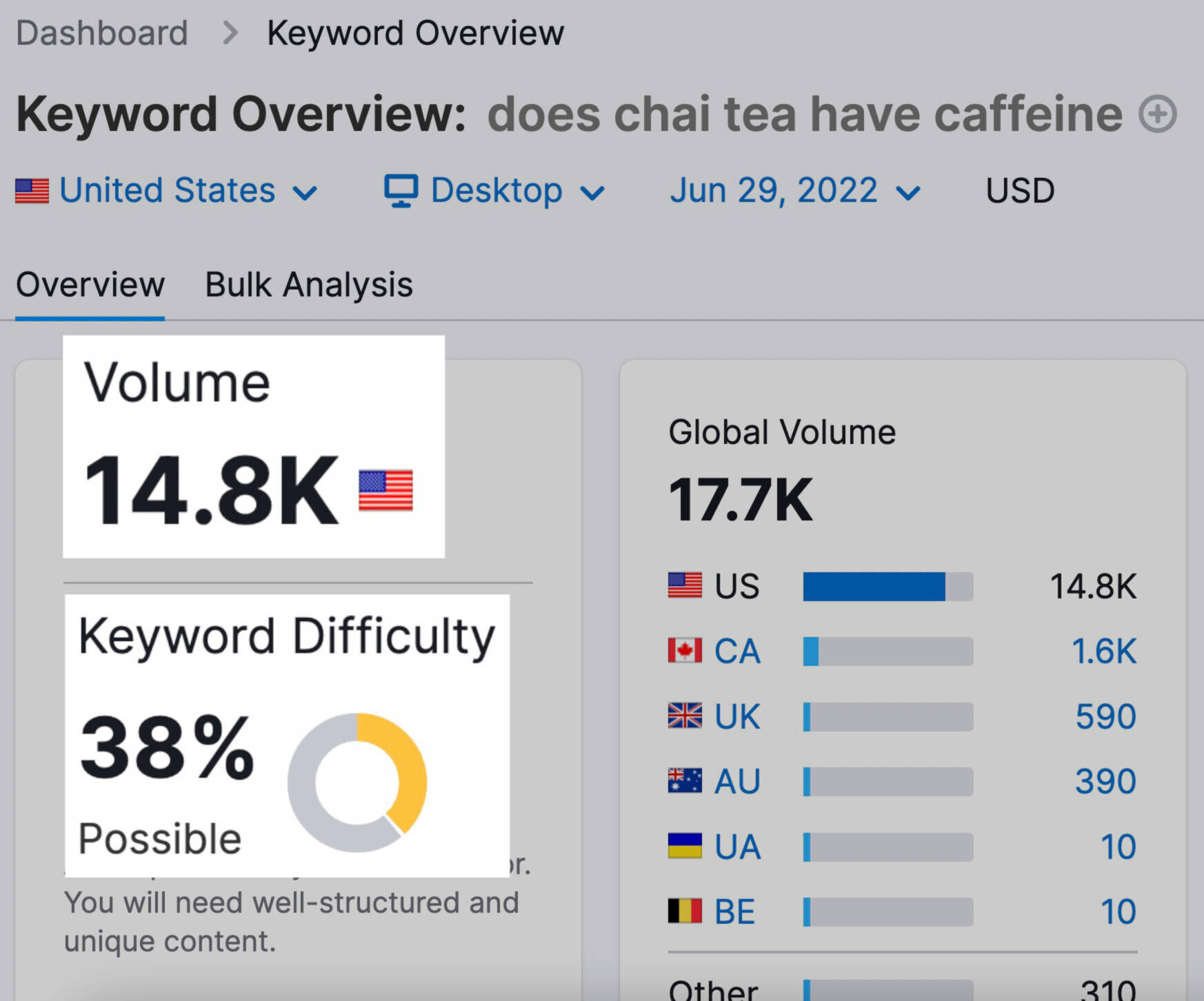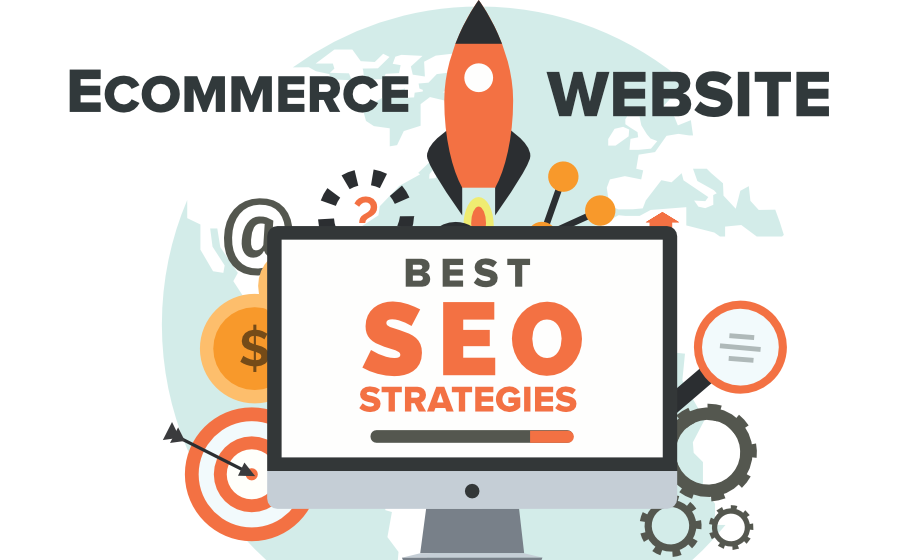
What is SEO_
How To Choose Appropriate Keywords For Your SEO Campaign
How To Choose Appropriate Keywords For Your SEO Campaign
What is SEO_
How To Build An Effective SEO Strategy For A New Website
How To Build An Effective SEO Strategy For A New Website
What is SEO_
Common Mistakes In Optimizing Websites For SEO
Common Mistakes In Optimizing Websites For SEO
What is SEO_
Basic Steps To Optimize SEO On Your Website
Basic Steps To Optimize SEO On Your Website
What is SEO_
Analyzing And Evaluating Competitive Rivals In SEO
Analyzing And Evaluating Competitive Rivals In SEO


















